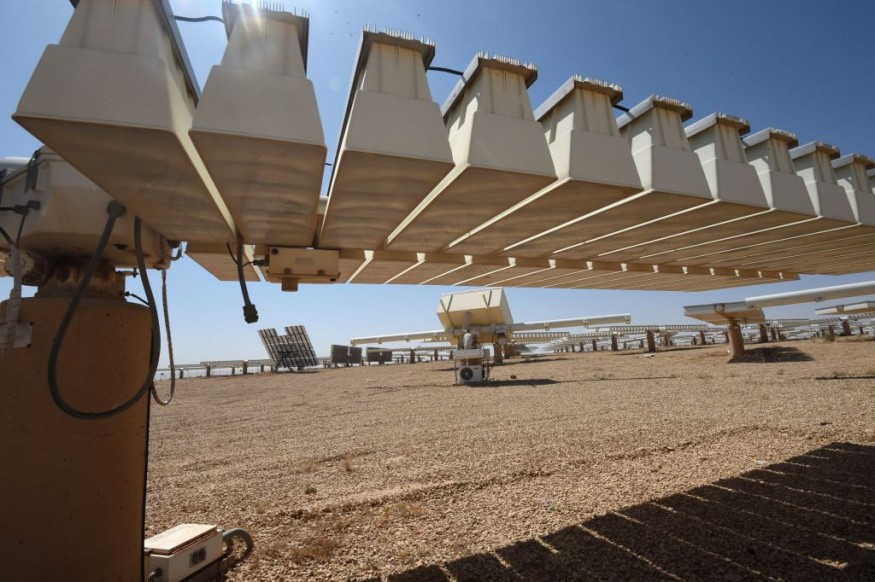Solar panels with a unique hydrogel were used by scientists in the desert of Saudi Arabia to successfully grow crops, as per a new study.
The scientists developed the hydrogel to create a solar-driven system that can absorb water vapor from solar energy or solar power to produce spinach in the desert.
Atmospheric Water Harvesting

The scientists published their new study in the journal Cell Reports Physical Science on Tuesday, March 1. The study highlights the need for people living in dry or hot regions to engage in a more low-cost, efficient, and sustainable solar energy method for alternative food and water resources.
The new study emphasizes the importance of using solar panels as a channel to convert solar energy into water, electricity, and food. In a process called atmospheric water harvesting, the scientists were able to let solar panels harvest a substantial amount of water from the air during daylight hours.
With this, the Saudi Arabian scientists were able to successfully grow crops such as spinach in the desert-which evidently lacks the natural flow of water and the production of food crops underneath it. The study acknowledged innovation in solar panels is necessary due to the scarcity of natural resources.
New Solar Panel System
The scientists called their new system of solar panels the "WEC2P System"-which consists of solar photovoltaic panels and a layer of unique hydrogen, as per the American Association for the Advancement of Science - Eurek Alert.
Specifically, the WEC2P system allows the solar panels to condense and gather water vapor from ambient air. The scientists used the excess solar power from solar panels to generate electricity to extract absorbed water from the hydrogel.
In summary, the new solar panel system was able to create electricity from solar heat to consecutively collect water vapor and release water. The electricity allowed the new system to function continuously without any other source of power other than the Sun.
The scientists came to their conclusion after water from their new system allowed dozens of water spinach seeds to grow in Saudi Arabia for approximately two weeks. The discovery can be considered groundbreaking since it is the first of its kind when it comes to linking solar panels with crop production.
World Hunger
There are approximately 290 million people across 80 countries that are experiencing extreme hunger-which has increased over recent years, according to the United Nations World Food Programme, as cited by the World Economic Forum in November 2021.
Population and Natural Resources
As the global population continues to increase, there is a risk also of aggravating natural resource scarcity, including food, water, electricity, and land. The demand for natural resources is parallel with human population growth.
As a result, the Earth's ability to replenish its natural resources is being hindered by prevailing human demand for resources. Severe studies posted by Science Direct show that natural resources may be depleted if the demand for its consumption is greater than its potential to recover.
In light of the new study concerning solar panels, the mechanism to convert solar energy to water, electricity, and food is significant for future studies to come on the same topic, notably when it comes to addressing the hunger crisis worldwide.
Related article: Anti-Solar Panel: Scientists Able to Produce Electricity at Night
© 2025 NatureWorldNews.com All rights reserved. Do not reproduce without permission.





